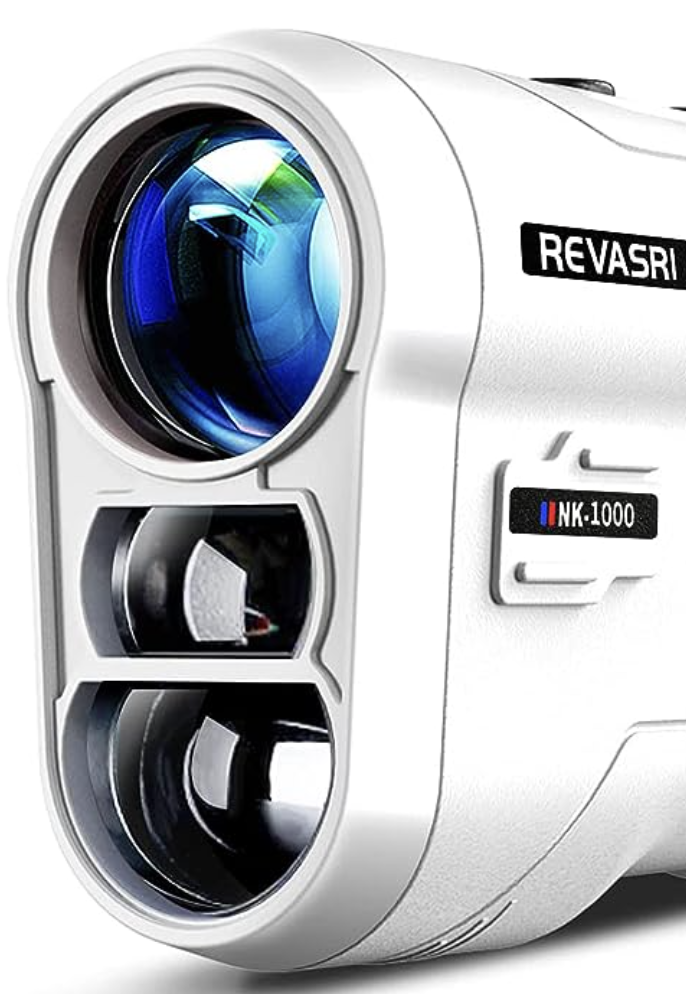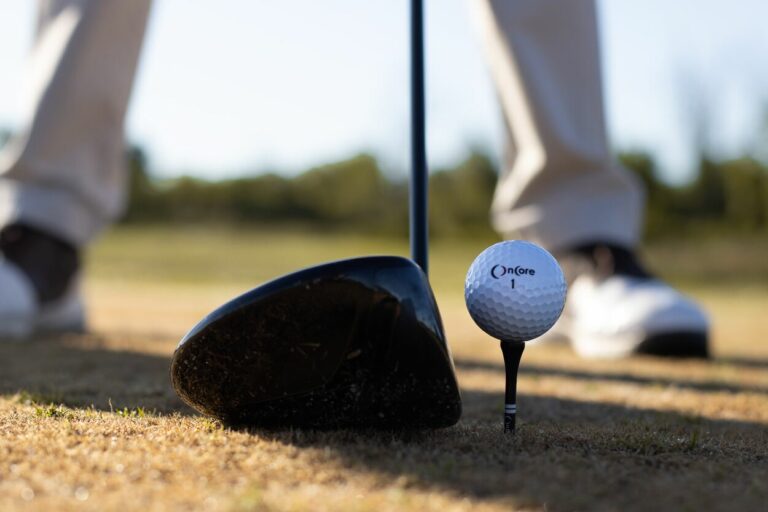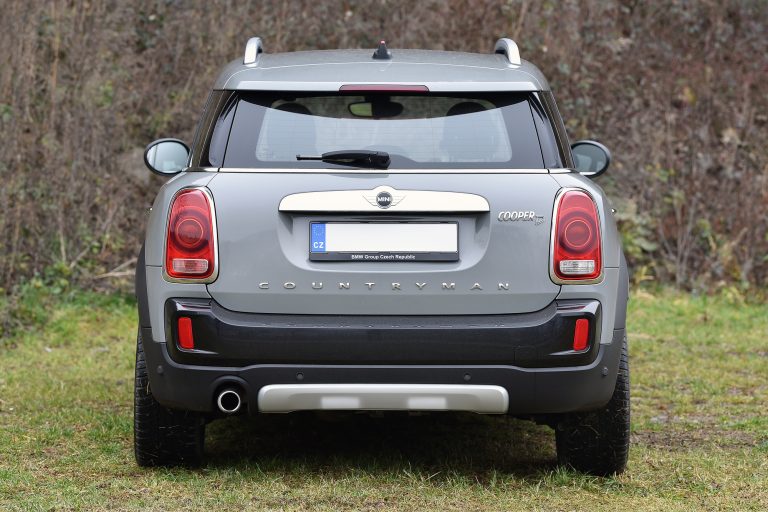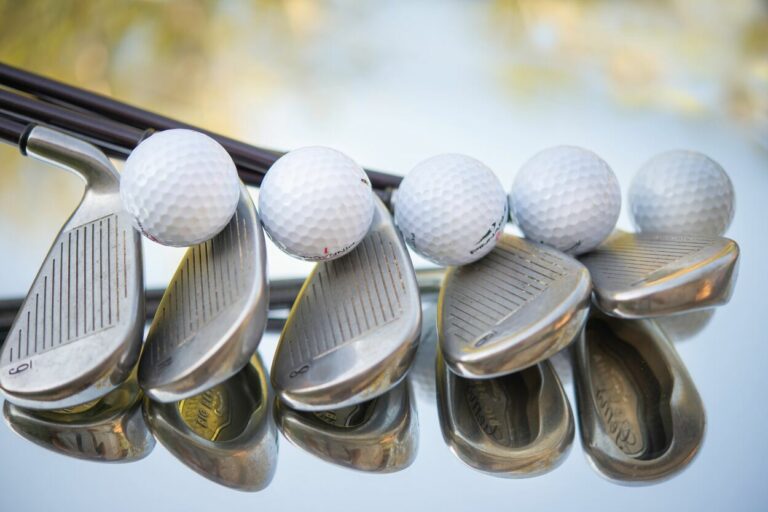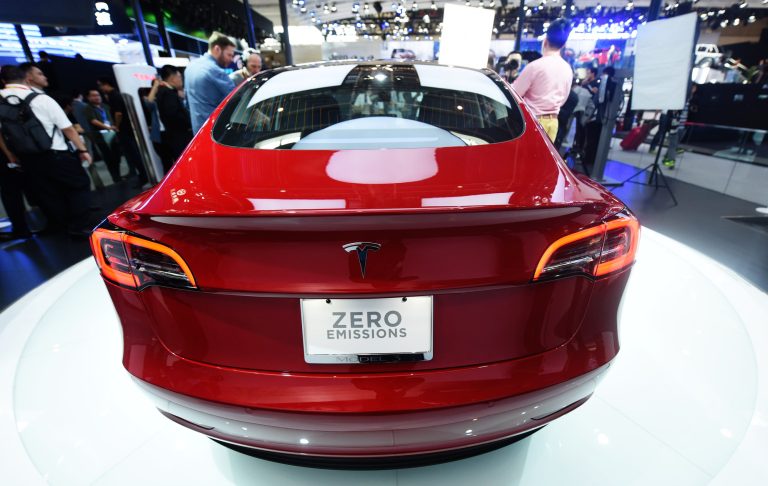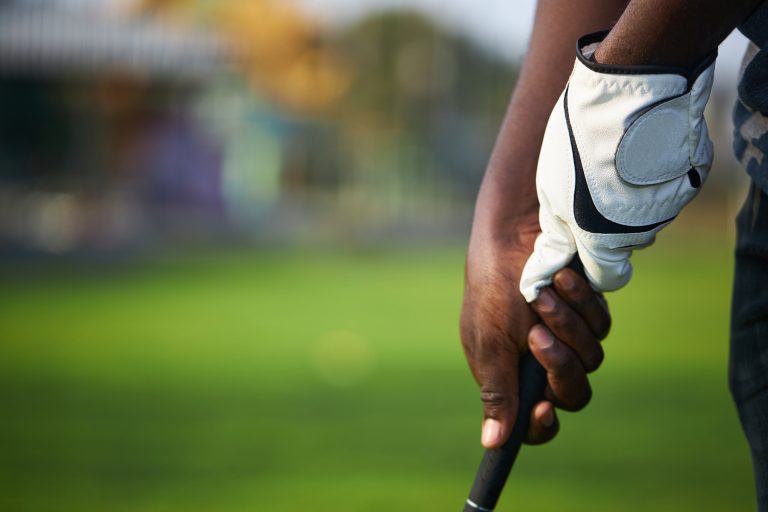Discover How You Lose Distance with Blade Irons?
Do you also have questions like: Are blade irons for experts only or something? Does it often happen that you lose distance with blade irons?
We’ve heard the rumors about how certain golf clubs, like blade irons, are notoriously hard to use. And I have to be honest here; I even get nervous when using them on the fairway.
For whatever odd reason, swinging a blade iron seems to make the ball sometimes come up short. The main reason for the distance loss seems to be inexperience on the golfer’s part. A lot of experienced golfers seem to think so.
However, the full answer is a bit more complicated. Read on, my fellow golfers, for I have looked around and found some interesting insights.
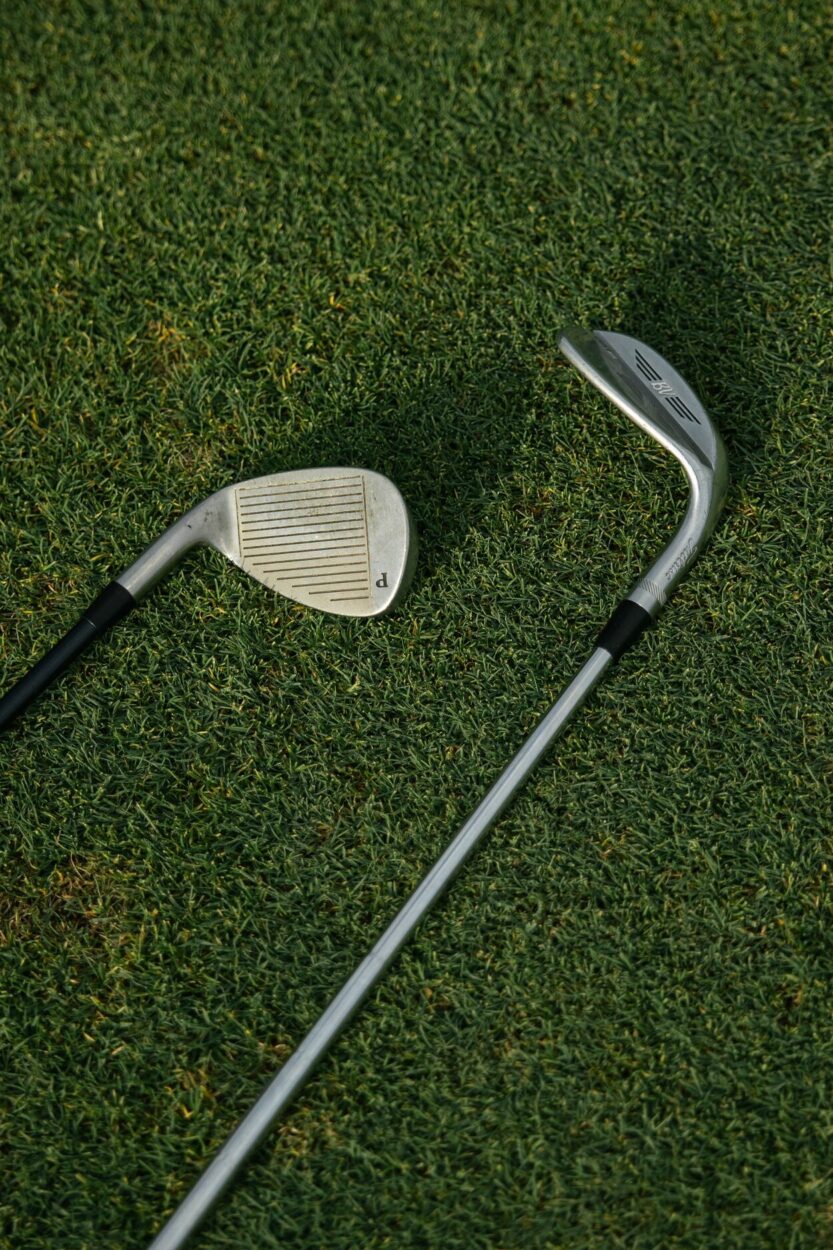
Do You Lose Distance with Blade Irons?
For most beginners, that’s a resounding yes. To understand why, we must first examine how blade irons are manufactured.
Why is the Blade Irons Harder to Hit?
When we say “blade iron,” we’re talking about golf clubs made from forged steel. In this process, melted steel is “forged” into our familiar shape. Typically, this is done using a heavy pressing machine, creating a solid metal club.
Making a club this way makes it less forgiving than one made from cast iron. Therefore, we have less club-face surface area to work with than a fairway driver.
With less club surface to hit the ball with, as much as 25% less of a sweet spot, it’s more likely for beginner or even intermediate golfers to make a mistake.
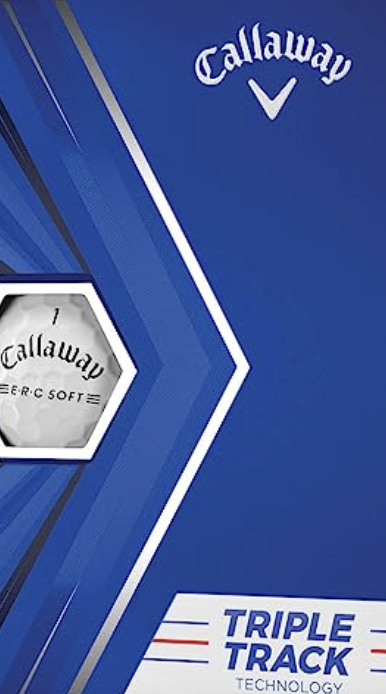
of Callaway ERC Triple
Track Golf Balls for
yourself or your buddy!
Then, how far can an average golfer like me hit using a blade iron?
There is no absolute answer to this because hitting any golf club heavily depends on your overall ability and handicap.
Lower handicapped players will want a few good-bladed irons to give swings better control and feel.
With all that being said, the experts say that distance depends on the iron you use. For example, a 7-iron will give most golfers around 65 to 155 yards per shot.
The higher your iron number, the less distance. The lower the number, the farther we’ll hit on average.
Like with any skill, practice makes perfect. To get better at using blade irons, we’d have to, well, use them more often!
It might help to brush up on some basic swinging skills, such as putting weight on the front leg or even making sure the ball is in position.
No matter the golfer, average, beginner, or even a pro, having the right technique and issues of experience.
We could also try more forgiving irons at first, allowing us better shots even if we don’t hit the ball nice and flush. Clubs of this caliber allow this by having larger club heads and a slightly different weight distribution compared to blade irons.
One such option is the cavity back iron, a club that’s also steel forged but has less mass and a larger sweet spot. They might not be the most forgiving irons around, but it can get us closer to mastering their thicker cousins.
How to control distance with irons?
| Center contact | Find the center of your clubface |
| Off-speed Shot | Slow tempo with and a backswing only a little bit shorter |
| Hit Low | Get father back if you want to hit it lower |
| Keep your posture | Hit the ball while keeping your stance consistent as you shift your weight |
How do I know when I’m hitting a blade iron just right?
Many golfers note that flush contact with the ball will have a “buttery” feel, and will make the shot go in a well-defined direction.
Pros favor blade irons for their ability to punch a ball under the wind. Once we make that one swing that feels just right, we’ll know that we’re using blade irons for their intended purpose.
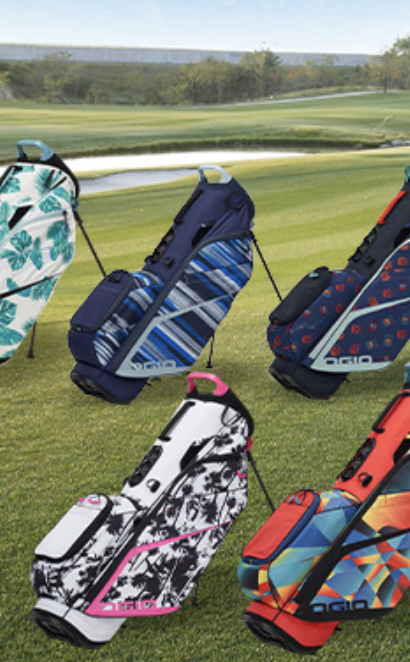
and apparel.
gear, accessories and apparel. (affiliate link)
Which clubs would I use for pure distance?
For those extra-long shots, we should start off with drivers and work our way down, depending on the situation.
With fairway woods, the lower the number of wood we use, chances are the further our shots will go.
For distance in areas that aren’t as clear and/or obstructed by objects and terrain, a pitching wedge will help us out of a sticky situation. Swinging an iron won’t do much to a ball stuck in a sand trap!
Regardless of which course any golfer plays on, regardless of skill level, it always helps to bring a variety of clubs with us wherever we go during our games.
Now, I like to bring many options, but I also make sure I can swing each club effectively.
For those looking for a challenge, I recommend checking out this list of irons, which can provide more basic clubs for around $150, and for those wanting the best of the best, be willing to shell out above two grand.
And for those just breaking into irons or the sport, try eBay for a cheap used club and start practicing. Tips can be found here: Should I Buy Golf Clubs On eBay? (Safety Hacks)

On the topic of clubs, what do the pros use?
For professional tours, a majority of players bring a specific set of club types to keep them at their best. If we’re talking pure statistics, 26% of all pros studied equip these in their bag:
- Driver
- Two fairway woods
- Four wedges
- Iron set that starts at a 4-iron
And, of course, any golfer also needs a putter they’re familiar with. We could try to put using a blade iron, but doing that will yield mixed results!
The takeaway here is that the club model doesn’t matter much, but more so, a strong combination that works for any golfing situation.
By carefully measuring our gap in distance between clubs, calculating our versatility with a wedge, and being more pro, it pays more to know how to use our clubs as opposed to what we use.
Best Cavity Back Irons
Final Thoughts
So, to answer your question regarding whether or not you lose distance with blade irons, my answer is no. A very popular choice of blade iron is one made by Mizuno. A few of their models, the JPX919 and the JPX900 have been noted for allowing Brooks Keopka to win the US Open a few times.
Mizunos are my club of choice, and I have improved my game since making the change. If you’re curious about it you should read this article too: Mizuno Vs. TaylorMade Irons: Does Mizuno Make The Best Irons?
I have to be more precise with my shots. It’s less forgiving, but smashing it gives me a pure picture. It takes some time, but I’m happy I made the switch.
